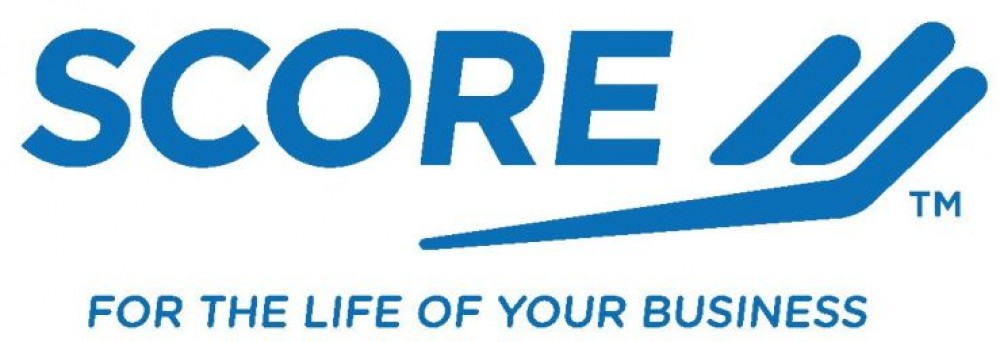Now that you’ve chosen a target market, start looking for contacts. If your target customers are involved with LinkedIn, it’s a great place to look for decision makers, business managers, and information about their companies.
Where the money is. Why did Willie Sutton rob banks? “Because that’s where the money is.” That’s true for LinkedIn if your target market is businesses. More than 40 percent of North American users are from large companies (10,000 employees or more). Another 30 percent work at companies with 1,000 to 10,000 employees. About 16 percent are C-level, VP or Director. Executives at all of the companies in the Fortune 500 are members. Nearly 2 million companies have LinkedIn company pages.
Join ‘em. Join LinkedIn groups (up to 50) that are relevant to your industry and your target market’s industry. See what questions they are asking. Answer questions to show your expertise. Post informative updates (90%) and focused offers (10%). Follow the top influencers identified by the group. For really important groups, become a top influencer yourself. Being a member of a group also makes it easier to invite group members to be part of your network.
Want to get extra attention and influence? Start your own group. Invite members and start conversations. Ask questions. Promote your events.
Hunt for customers using the LinkedIn Advanced Search feature.
Places to go. Focus on the geography where your customers are, or where you want them to be. Choose entire countries, or look for contacts within a given distance of a postal code.
People to see. Search for contacts by job title, industry, and company name. Or look for individuals by name or key words in their profiles. LinkedIn lets you look for people who worked at companies in the past – they can be a good source of insider information. Armed with this information, you can learn about contacts in advance – no more “cold” calls or mailings. Remember: the more people in your extended network, the more people you can see.
Besides looking for customers, this is a good way to look for new employees.
Things to do. Look for your contacts’ events. Events are good opportunities to meet potential customers off-line … you know, face to face. Help them know, like and trust you. On your home page, go to ‘Search Events’ and enter Tampa, Florida, or another geography. Pick a time frame and an event type and click ‘search’. Sign up for the ones that look good and go!
Extra! Extra! Subscribe to LinkedIn Today to get current news from industry groups that are important to your business. Post links to relevant articles and make insightful comments. Share news with your company colleagues.
Reach out. Save your search, and export results to spreadsheet or contact manager software. Start building your relationships and revenue. Answer group questions. Invite people to join your network. Promote your events. Post updates and comment on other people’s posts. Go out and shake hands. Use the search information for a phone, email or mail campaign. Boldly go where you haven’t gone before.
Next: Practice safe on-line networking: secure your Facebook account with lists
